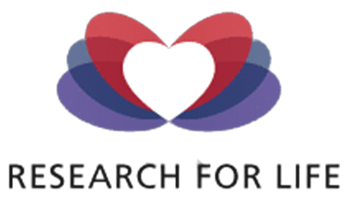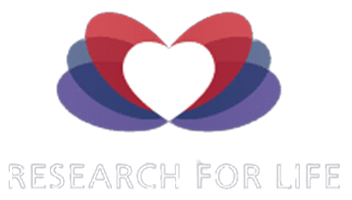
Bereavement Counseling
Even when planning on whole body donation as an end-of-life option, the grieving process of losing a loved one is never easy. At Research For Life, we not only greatly appreciate the gift our donors give, but we also want our donor’s families to know that we understand and empathize with them during their mourning.
Though grief is a natural reaction to any form of loss, it is recommended to seek counseling if someone has prolonged grief that starts to interfere with day-to-day activities, causes depression or guilt, causes problems in existing relationships, or if that person finds themselves avoiding social interaction. Ongoing symptoms of distress include insomnia, loss of appetite, increased irritability, and increased anger. Inconsolable crying or panic attacks are also signs of someone struggling to cope with a loss.
If you or a loved one are showing signs of prolonged grief and are seeking either an in-person support group or online support, Research For Life has compiled the following list of bereavement counseling programs to help.
Arizona
- Banner Health Grief Recovery Program
- Online groups and camps only due to COVID19 open to the public
- 602.694.8798
- Casa de la Luz (Tucson)
- Online support group, one-to-one phone counseling
- 520.544.9890
- Hospice Compassus
- Bullhead City, Mohave County – 928.256.5032
- Casa Grande – Open to the public – 520.317.6744
- Flagstaff – Open to the public – 928.218.6894
- Lake Havasu City, La Paz, Mohave – 928.256.4624
- Lakeside, Apache, Southern Navajo – 928.256.4627
- Payson, Portions of Gila and Coconino – 928.256.4738
- Phoenix, Maricopa & Pinal Counties – 623.246.7650
- Prescott Valley, Yavapai County – 928.218.6960
- Sedona, Yavapai and Coconino Counties – 928.256.5010
- Yuma, Yuma County – 928.218.8146
- Hospice of Havasu (Tuscon)
- Groups and online grief support
- 928.453.2111
- Hospice of the Valley
- Grief support groups
- 602.530.6900
- New Song Center for Grieving Children
- 480.951.8985
- Hospice of Yuma (Yuma)
- 928.343.2222
California
- Arbor Hospice
- Perris, Lake Elsinore, Romoland, San Jacinto, Hemet, Winchester, Menifee
- 951.658.9288
- Community Hospice of Victor Valley
- 760.946.473
- County of Los Angeles
- Kaiser Permanente Bereavement Support Groups
- Open to the public
- 1.888.781.3573
- Oasis Hospice
- 661.206.7741
- Pathways Grief Support Group
- 562.531.3031
- Serenity Hospice
- Coachella Valley
- 760.325.8718
- The Compassionate Friends
- Beach Cities/LA Chapter
- 970.213.6293
- The Compassionate Friends
- Los Angeles
- 310.747.3407
- The Compassionate Friends
- South Los Angeles
- 323.385.1457
- The Elizabeth Hospice
- Online support groups
- Open to anyone in San Diego County and Southwest Riverside County
- Offices in Carlsbad, Escondido, San Diego and Temecula, Ontario, Pomona, San Bernardino, Redlands, Norco, Moreno Valley, Banning, Beaumont, Redlands, Loma Linda, Azusa, Diamond Bar, Chino Hills, Riverside, Covina, Rancho Cucamonga, Corona
- 833.349.2054
- VNA Hospice & Palliative Care of Southern California
- 800.969.4862
Nationwide
- GriefShare
- 800.395.5755
- VA U.S. Department of Veterans Affairs
- Open to Veterans and families of veterans who have died in service of their country
- 202.461.6530



